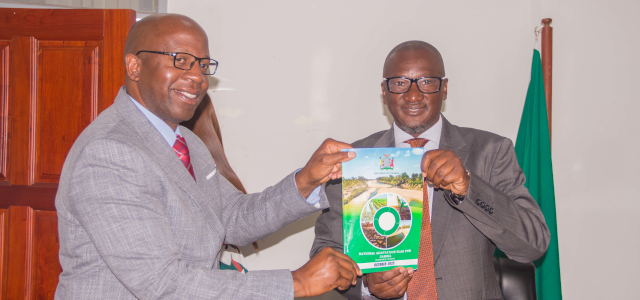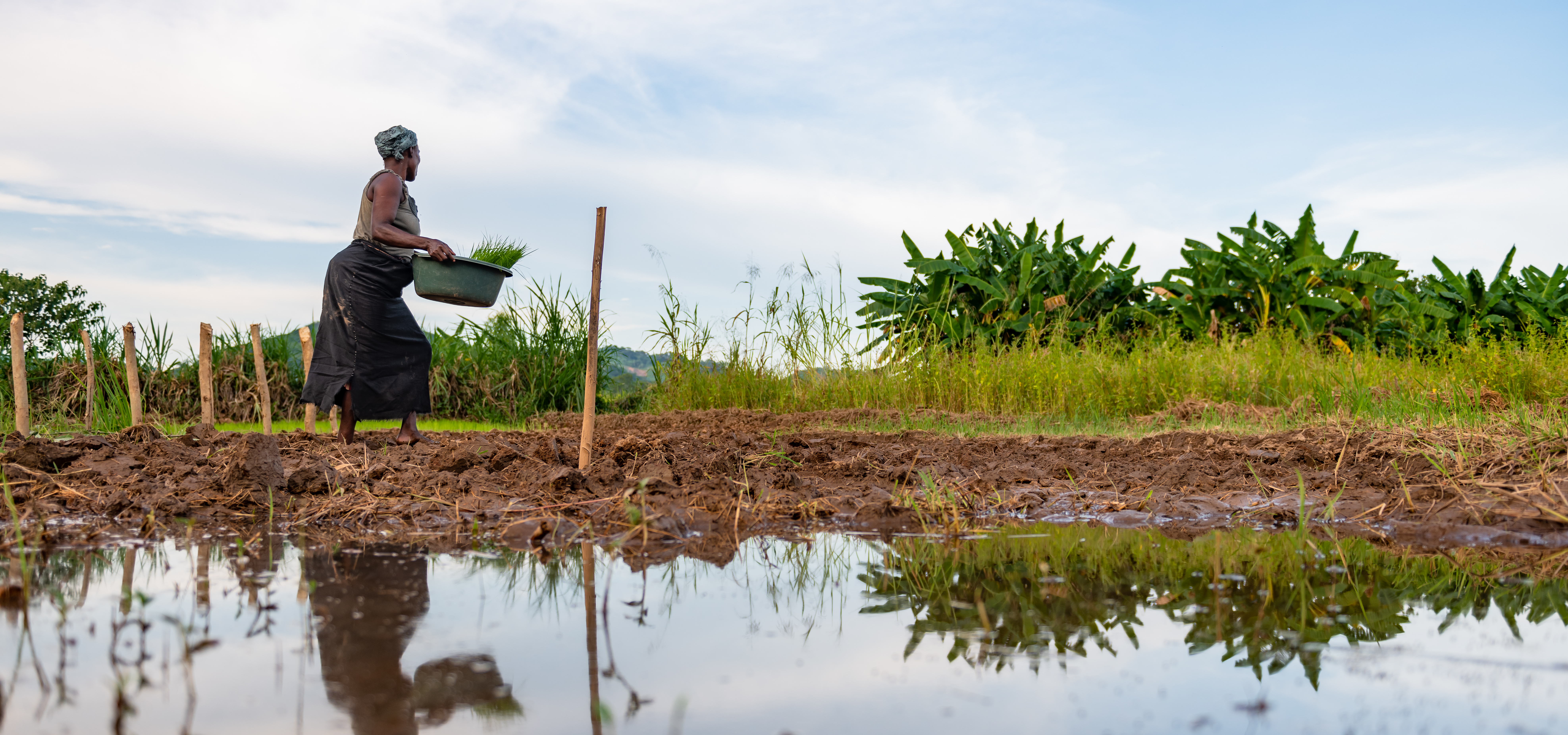Zambia has been experiencing climate change impacts in the form of rising temperatures, droughts, floods and unpredictable rainfall patterns. The frequency and intensity of extreme climate events is expected to rise, posing significant risks to Zambia’s economy, its people’s livelihoods, and the sustainability of its natural resources base. Climate impacts are estimated to currently cost Zambia 0.4 percent of annual economic growth; without proactive adaptive action, rainfall variability alone could cost up to 0.9 percent of GDP growth over the next decade, affecting the poor and most vulnerable.
To strengthen the adaptive capacity of Zambia, GWPSA worked with Zambia’s government in securing a US$2.2 million grant from the Green Climate Fund’s (GCF) Readiness and Preparatory Support Programme, to support the development of the National Adaptation Plan (NAP). The Zambian NAP process was officially launched in April 2021 to establish medium- to long-term priorities for building the country’s climate resilience across priority sectors.
The project supported Zambia in preparing its longer-term adaptation plan, covering both priority immediate and long-term adaptation actions and mainstreaming climate change issues into national, sub-national and sectoral plans and budget processes. The NAP guides Zambia’s government in taking action against the current and forecast negative impacts of climate change on the country’s economy, environment, and society. In Zambia, as in many other African countries, sectors such as food production, water security, and forestry are highly vulnerable to the impact of climate change. Specifically, the support accorded to Zambia will establish systems for mainstreaming climate change adaptation into Zambia’s five-year National Development Plans (NDPs), to ensure that adaptation is part of development efforts towards achieving the country’s Vision 2030. Zambia aims to become a prosperous middle-income country by 2030 without leaving anyone behind. Building resilience to climate change is essential to safeguarding socio-economic investments for this vision to be realised.
Zambia’s NAP process has two phases. Phase 1 focused on the development of the overarching National NAP, a long-term Strategic Plan formulated to address identified risks and vulnerabilities in various sectors to enhance Zambia's resilience to the impacts of climate change. The NAP was launched in November 2023, in Lusaka.

Hon. Eng. Collins Nzovu, MP, Minister for Green Economy and Climate Change (rights) and Dr Douty Chibamba, Permanent Secretary in the Ministry showcase the National Adaptation Plan for Zambia during its launch
Phase 2 is focused on developing a Water NAP. Recognising ‘water as a connector’, essential to all sectors, a Water NAP will serve as an important pathway for building resilience and strengthening synergies with the water-sensitive sectoral plans in Zambia such as health and agriculture. Moreover, Phase 2 will be one to test the implementation of the overall NAP and make the necessary adjustments.
Milestones
- The Zambia NAP framework was developed and launched. The NAP identifies opportunities for integrating prioritised adaptation actions into national, sectoral and sub-national planning budgeting processes. The NAP also clearly outlines indicators and responsible institutions that will enable, track and report progress in the implementation of proposed adaptation actions. The NAP will also enable Zambia to systematically advance the implementation of the aspirations of the 8th National Development Plan and Zambia's Nationally Determined Contributions.
- Existing tools for integrating climate change adaptation into plans and budgets were reviewed.
- Monitoring and Evaluation tools for monitoring, reviewing, and reporting on adaptation were developed.
- The Development Bank of Zambia was supported to develop policy guidelines to incentivize investment in adaptation.
- Zambia NAP Communication Strategy was developed. The strategy will improve awareness and understanding of the Government of Zambia and the general public on the NAP process through effective communication and education and will build political and public support required for the successful development and implementation of the NAP.
- The government of Zambia was supported to update the 2010 National Water Policy. The policy was consolidated into two sub-sectors namely, water supply and sanitation and water resources management and development. This was done to capture emerging issues and aspirations of vision 2030, SDGs and Climate change.
- Policy guidelines to incentivize private sector investment in Climate Change Adaptation through multi-stakeholder were developed.
- The country’s Climate Change Technical Committee and the sub-national level coordinating structures underwent Green Climate Fund training on the technical coordination of adaptation planning and implementation in Zambia.
- Capacity for analysis of climate data was enhanced. Tools for appraising and prioritizing climate change adaptation options were developed. Training was also conducted on a hands-on statistical analysis of climate data and tools for appraising adaptation options.
- Prioritisation of gender-sensitive adaptation actions and recognition of gender differences and social inclusion in adaptation needs, opportunities.
